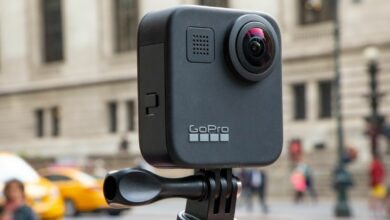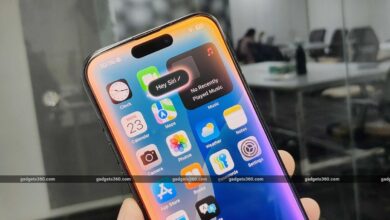Poco X6 Pro Review: Overall Value for Money
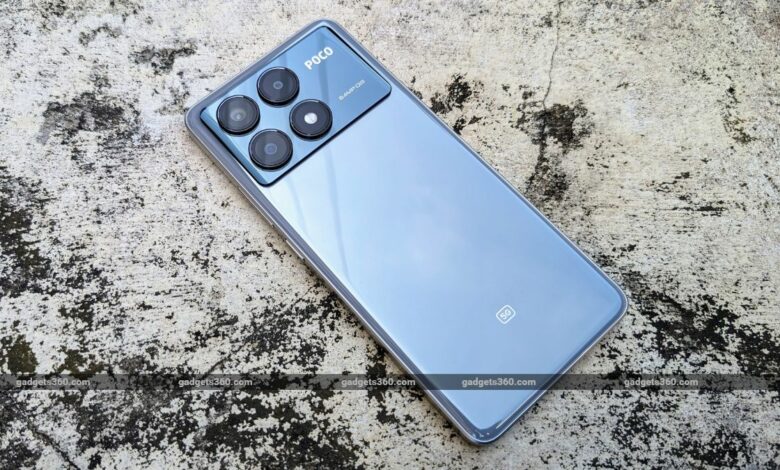
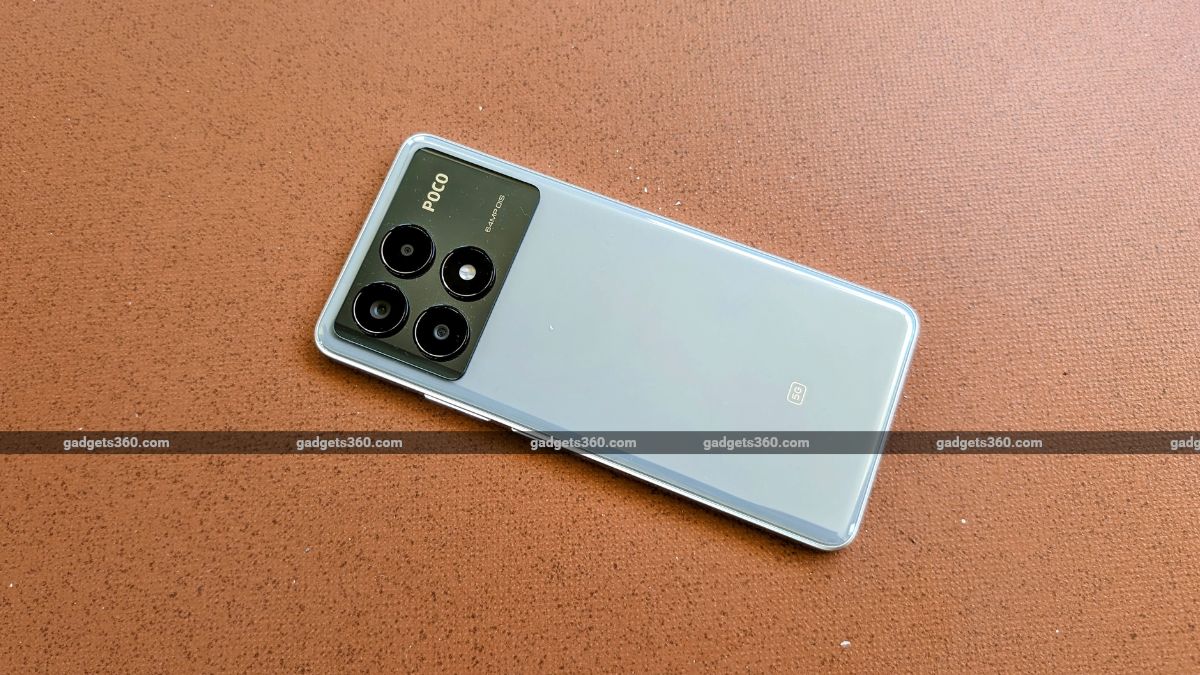

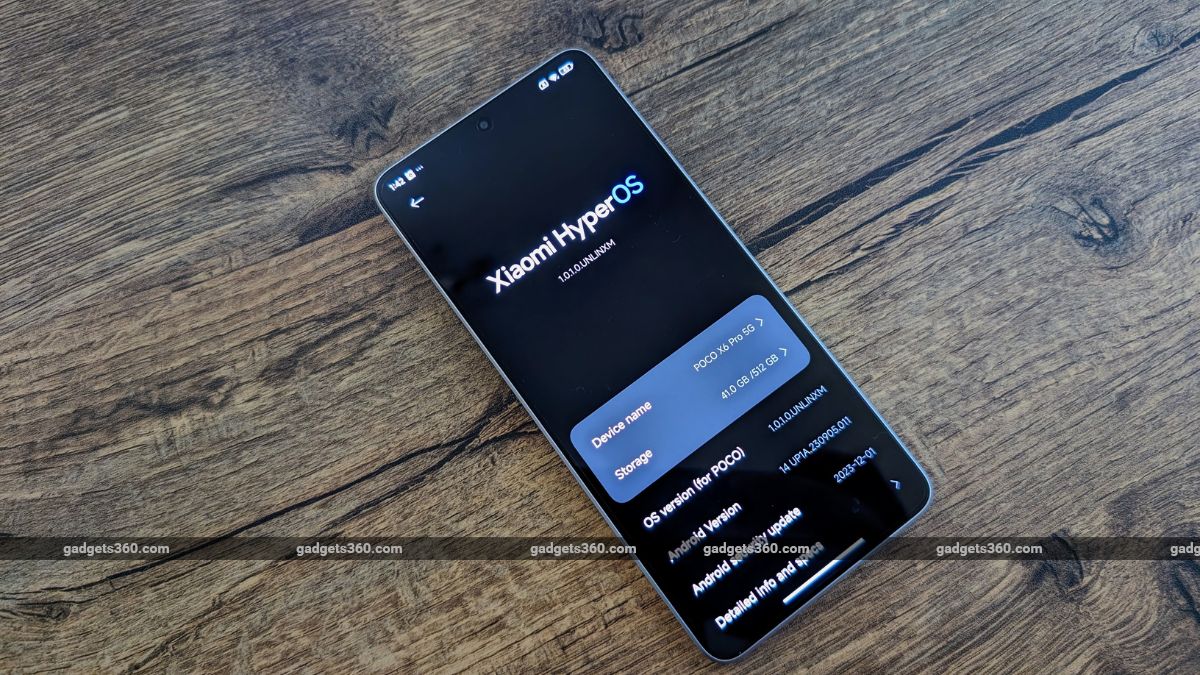


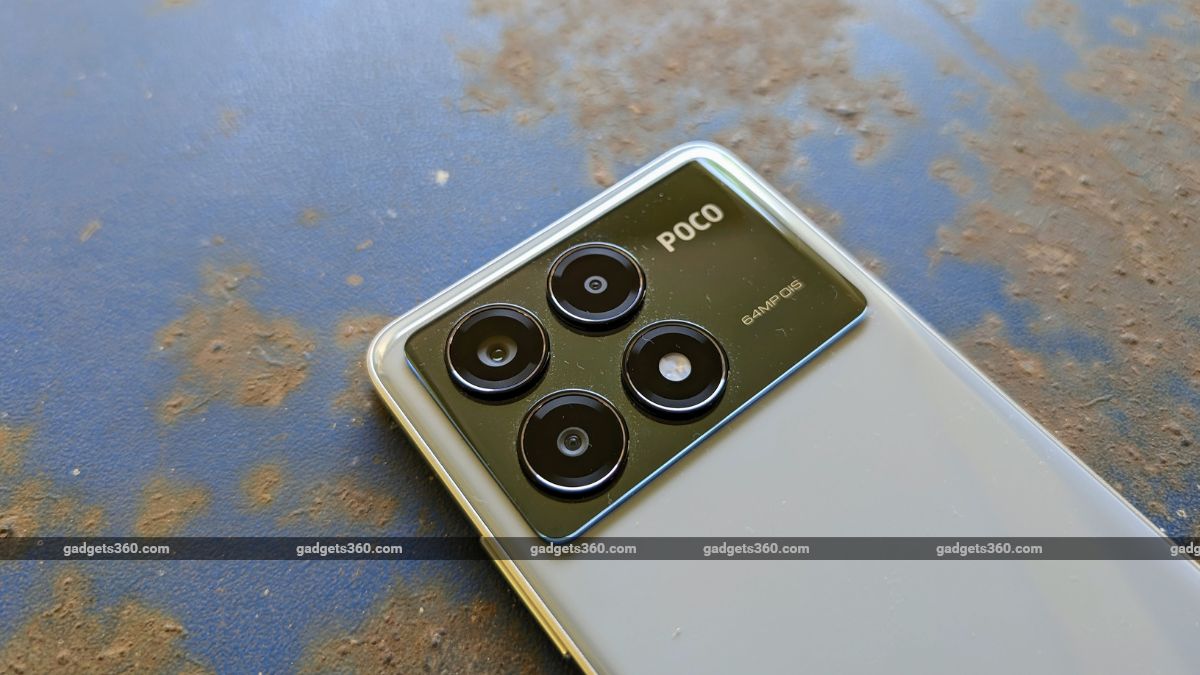

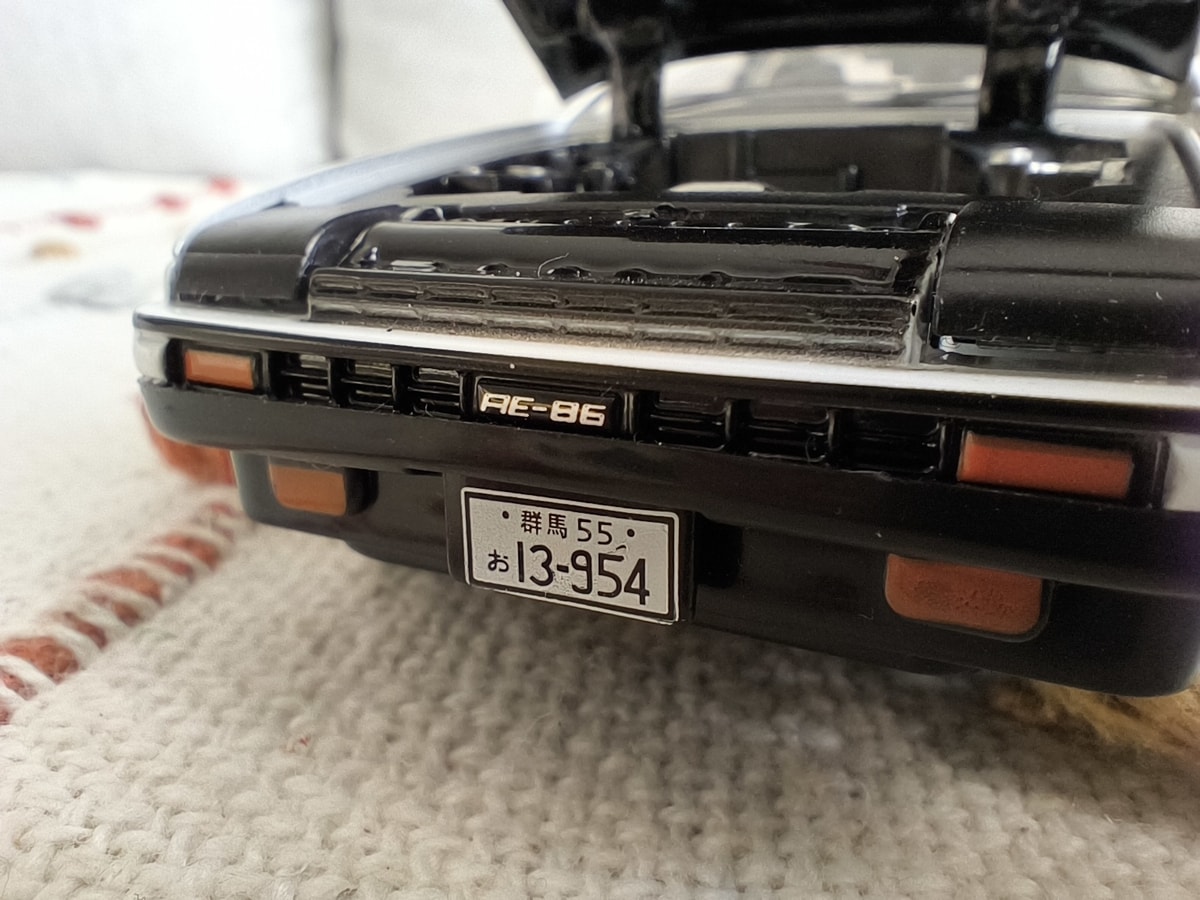

Poco has been making good phones for a while now, especially in the budget and mid-range segment. The Poco X6 Pro is one such phone and it’s definitely going to ruffle some feathers in the mid-price segment. It reminds me of the Poco F1, an excellent first phone from Xiaomi’s sub-brand. With the X6 Pro, you get features that you normally only find on phones that cost a lot more. There’s a lot to like about this phone, but there are also a few things that I don’t like. I’ve been using the Poco X6 Pro for over a week now and here’s what I think of it.
Poco X6 Pro 5G price in India
The Poco X6 Pro comes in two variants in India. The base model costs Rs. 26,999 and comes with 8GB of RAM and 256GB of storage. Our review unit is the higher-end variant that comes with 12GB of RAM and 512GB of internal storage. This model is priced at Rs. 28,999.
Poco’s new phone comes in three colors: Poco Yellow, Racing Grey, and Spectre Black. The Poco Yellow variant has a vegan leather back, while the other two colors have a glossy plastic panel. I tested the Racing Grey option and I must say, it’s a beautiful color.
In the box, the Poco X6 Pro comes with a silicone case, a SIM ejector tool, some paperwork, a USB Type-A to Type-C cable, and a 67W fast charger. The phone also comes with a pre-applied screen protector.
Poco X6 Pro review: Design
Poco X6 Pro starts at Rs. 26,999 but seems worth more. Despite the fact that there is no glass back or metal frame, I was fooled when I first got my hands on the phone. The glossy plastic back panel feels and looks like glass. The same goes for the flat plastic frame, which feels like it is made of aluminium. It also feels good in the hand and is comfortable to hold thanks to the curved back and rounded edges.![]()
The phone has a nice weight to it and everything is nicely finished. It also has the now familiar large rectangular camera module that covers the entire top part of the back panel. You get four separate rings that house three cameras and an LED flash. It also has the Poco branding.
From the front, things look premium again. The display has thin bezels all around, with a chin that’s only slightly thicker than the rest. At first glance, I thought all the bezels were uniform. The Poco X6 Pro has a hole-punch cutout at the top and a groove just above it for the earpiece. The volume and power buttons are on the left frame.
The Poco X6 Pro has an IP54 rating for dust and water resistance, which means the phone should be fine to use in the rain. Do not, however, submerge this phone underwater. This is a nice feature to have at the price, but the recently launched Redmi Note 13 offers the same feature at a lower price.
Poco X6 Pro Review: Specs and Software
Okay, let’s take a look at the specifications of the Poco X6 Pro. The phone is powered by a 4nm MediaTek Dimensity 8300 Ultra SoC. Our review sample has 12GB of LPDDR5X RAM and 512GB of UFS 4.0 storage. There’s no additional microSD card slot, so you can’t expand the storage. However, there is a virtual RAM boost feature available, which can add an extra 6GB of RAM if needed.![]()
The SIM tray at the bottom supports dual SIM cards with dual 5G standby. The phone also gets a USB Type-C 2.0 port at the bottom alongside the microphone and a speaker. There’s another speaker on the top rail, along with a microphone and an IR blaster. The Poco X6 Pro gets Bluetooth 5.4, dual-band Wi-Fi 6, NFC, and most GPS connectivity options.
Poco has placed an optical in-display fingerprint scanner on the phone which is located at the bottom of the display. While I didn’t really like the placement of the sensor, I have to say that it worked well when I used it. The sensor is fast and worked every time I used it.
The phone packs a 5,000mAh battery that performed very well in my time with the phone. I was able to easily squeeze out a day of battery life with some casual gaming, photography, watching YouTube, and using the phone for everyday tasks. The battery also fills up relatively quickly. Using the included 67W fast charger, the Poco X6 Pro went from empty to 100 percent in 58 minutes. However, I was able to charge the phone from 6 percent to 100 percent in just 47 minutes. That’s very close to the phone’s advertised 0-100 percent charge time of 45 minutes, which is impressive.
Speaking of software, the Poco X6 Pro is one of the first phones in India to launch with Xiaomi’s new HyperOS user interface. The phone gets Android 14-based HyperOS out-of-the-box which brings improved UI with a new Control Center, customizable lock screen, AI object detection, hidden apps, new fingerprint animations, a new system font called MiSans, a slightly improved multi-window UI, large folders, and a Game Turbo mode. Poco has promised three years of OS updates and four years of security updates.![]()
While the software is pretty good, there are still a lot of pre-installed apps on the phone. Now, you can uninstall most of the apps, including games, but there are a few that you can’t get rid of. This is probably the only downside of the new HyperOS on the Poco X6 Pro.
Poco X6 Pro Review: Performance
The Poco X6 Pro is a beast in its category. Even the more expensive Oppo Reno 11 Pro (Review) and the Redmi Note 13 Pro+ can’t come close to this phone in terms of performance. The 4nm MediaTek Dimensity 8300 Ultra performs very well. On AnTuTu, with the performance mode enabled, the phone achieved an overall score of 14,37,717. On Geekbench 6, the phone achieved a single-core score of 1420 and a multi-core score of 4404 with the performance mode enabled. However, even with the mode turned off, the phone still managed to score 1.39 million on AnTuTu. The Geekbench scores were also very close to the scores achieved in the performance mode.![]()
This is an excellent phone for gaming, period. It also has a WildBoost Optimization 2.0 feature that further enhances the gaming experience. A 5,000mm square liquid vapor chamber also prevents the phone from getting too hot. I was able to play BGMI on the highest settings in HDR mode without any lag.
Poco has also packed an excellent display on the phone. It gets a 2160Hz touch sampling rate, which is excellent while gaming, and a 120Hz refresh rate. The 6.67-inch AMOLED display offers 1.5K resolution with HDR 10+ and Dolby Vision support. The panel offers 500 nits typical, 1200 nits HBM, and 1800 nits peak brightness. The display gets quite bright indoors and is even readable under direct sunlight. It gets 68 billion colors and supports DCI-P3 wide color gamut. The Poco X6 Pro offers three preset color modes (Original Color Pro, Vivid, and Saturated) and an Advanced mode where you can play with the RGB colors individually. The viewing angles on the phone are really good.
The phone features dual stereo speakers which are pretty good in terms of audio quality and can get very loud. There is not much bass but there is also no distortion at high volume.![]()
During my time with the Poco X6 Pro, I didn’t experience any software lag or stuttering. Heat buildup when playing intensive games is very manageable, with the phone barely getting hot to the touch, even when using the camera app extensively. For general day to day use and some extreme gaming, the Poco X6 Pro is a great phone to get.
Poco X6 Pro Review: Cameras
The cameras on the Poco X6 Pro aren’t its strong suit. The phone gets a 64-megapixel OmniVision OV64B primary camera on the back with OIS. The secondary camera on the back is an 8-megapixel OmniVision OV08D ultra-wide angle lens that can shoot at 0.6x and has a fixed focus lens. Finally, there’s a third 2-megapixel macro sensor. ![]()
Photos from the main camera are good, with plenty of detail and some saturation. The camera performs reasonably well in daylight, but can struggle in low light, especially when it gets dark. It can record 4K video at up to 30fps, and 1080p resolution at up to 60fps. There’s an HDR mode available in both photo and video, but results are mixed. Stabilization isn’t great, and there’s some noise, even in videos shot in bright sunlight. There’s a 2x in-sensor zoom option available, which also works well in good daylight. And it takes good photos in daylight. When it comes to low light, the ultra-wide angle performs decently. Detail is lost, and there’s lens distortion around the edges.
Poco X6 Pro takes good photos in daylight and night mode
The Macro mode is hidden in the dropdown menu, and for good reason. It does take some decent close-up photos, but it’s nothing to brag about. The Portrait mode isn’t great either, and I found it had a lot of trouble detecting the edges of an object. You can adjust the depth in the camera app, even after you’ve taken a portrait photo. ![]()
Top: Macro mode | Bottom: Portrait photo
There’s a 16MP OmniVision OV16A sensor for selfies and video calling, which takes decent photos. The phone offers a portrait selfie mode, night mode, and AI beauty features. The front-facing camera can record videos at 1080p up to 30fps.
The camera interface is simple to use, with all the controls available on the main screen. There’s a 64-megapixel mode that takes photos in full resolution with plenty of detail. Slow-motion video recording is also available with support for up to 120 fps at 1080p resolution. There’s a night mode available that captures a decent amount of light, but the results aren’t much better than without night mode. Overall, the Poco X6 Pro takes well-detailed but slightly saturated photos in daylight, and performs well even when it gets dark.
Poco X6 Pro Review: Verdict
After using the Poco X6 Pro for over a week, I would recommend the phone to anyone looking for a mid-range beast. If you are looking for a powerful smartphone under Rs. 30,000 that can play all your favorite games, has a great display, offers good battery life, and has a decent set of cameras, the Poco X6 Pro is a great choice. HyperOS is also good; if you can ignore the bloatware, you get what you pay for. Other than the camera performance and IP-rating, I would recommend this phone over the Oppo Reno 11 Pro and the Redmi Note 13 Pro+.



